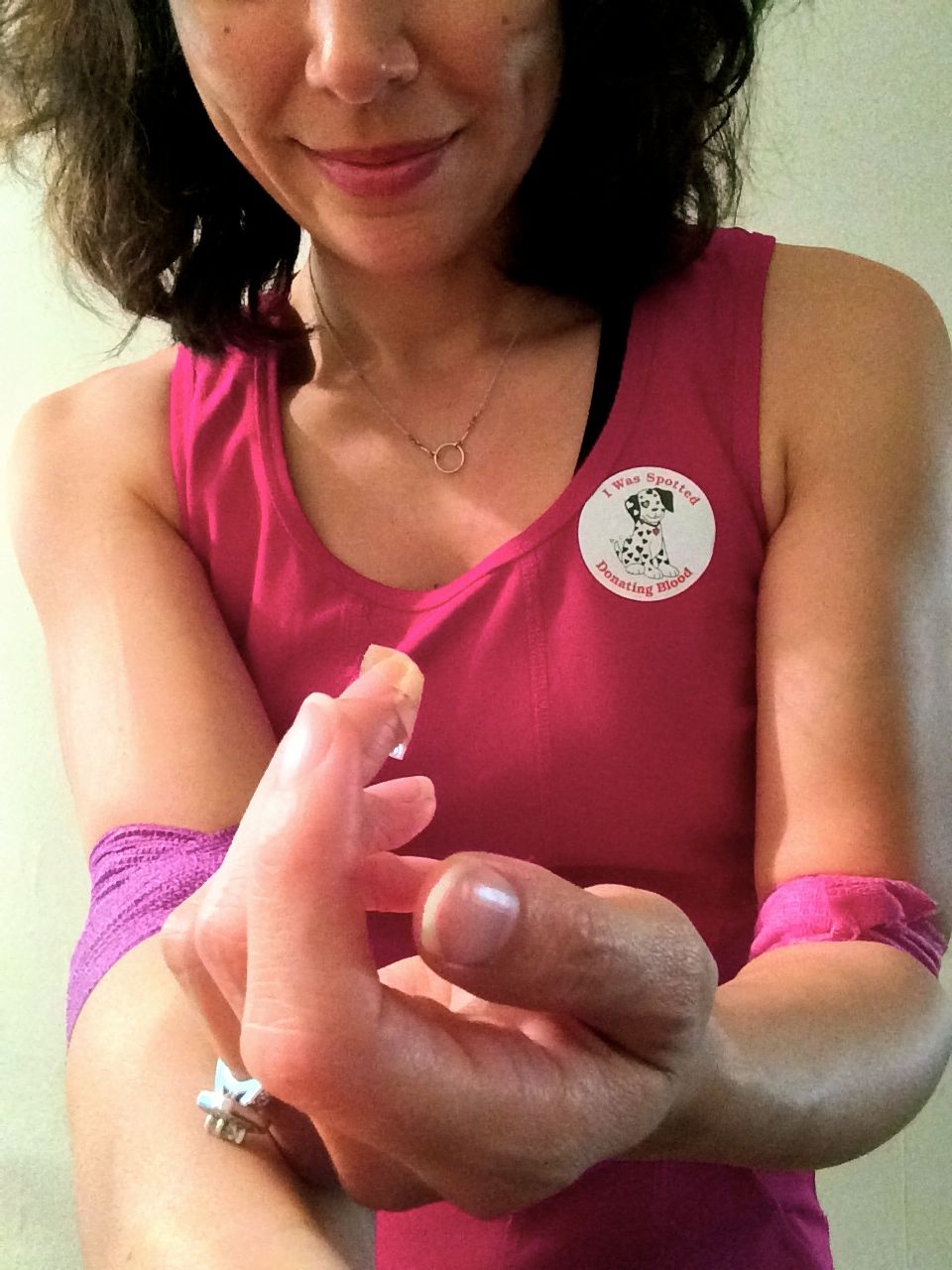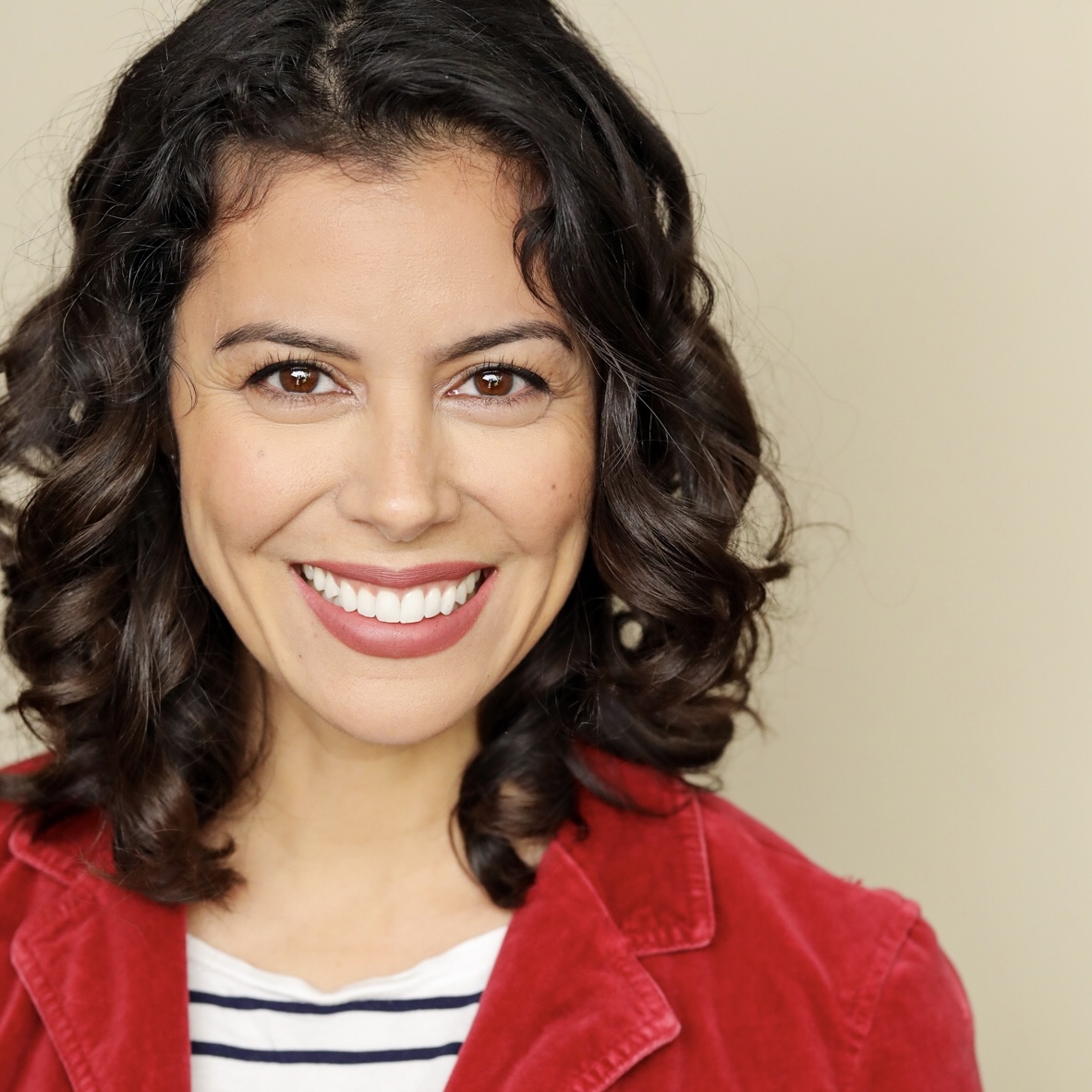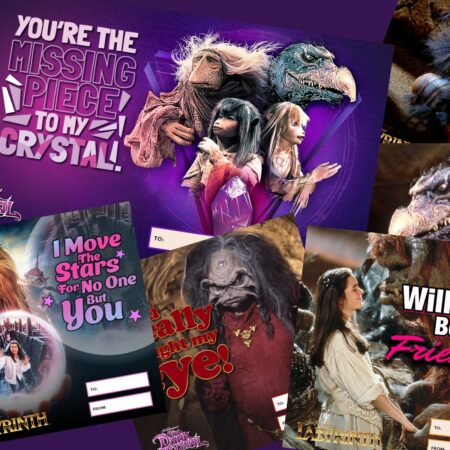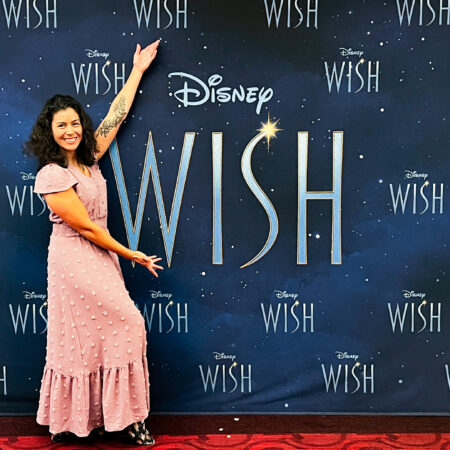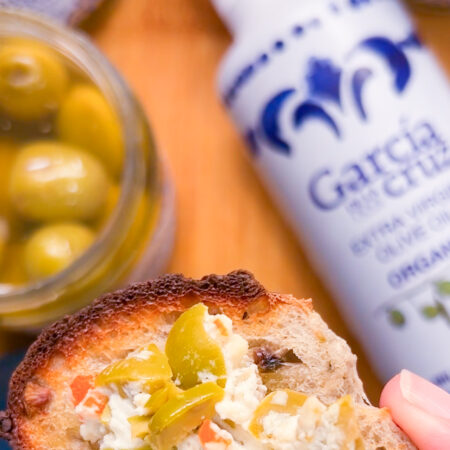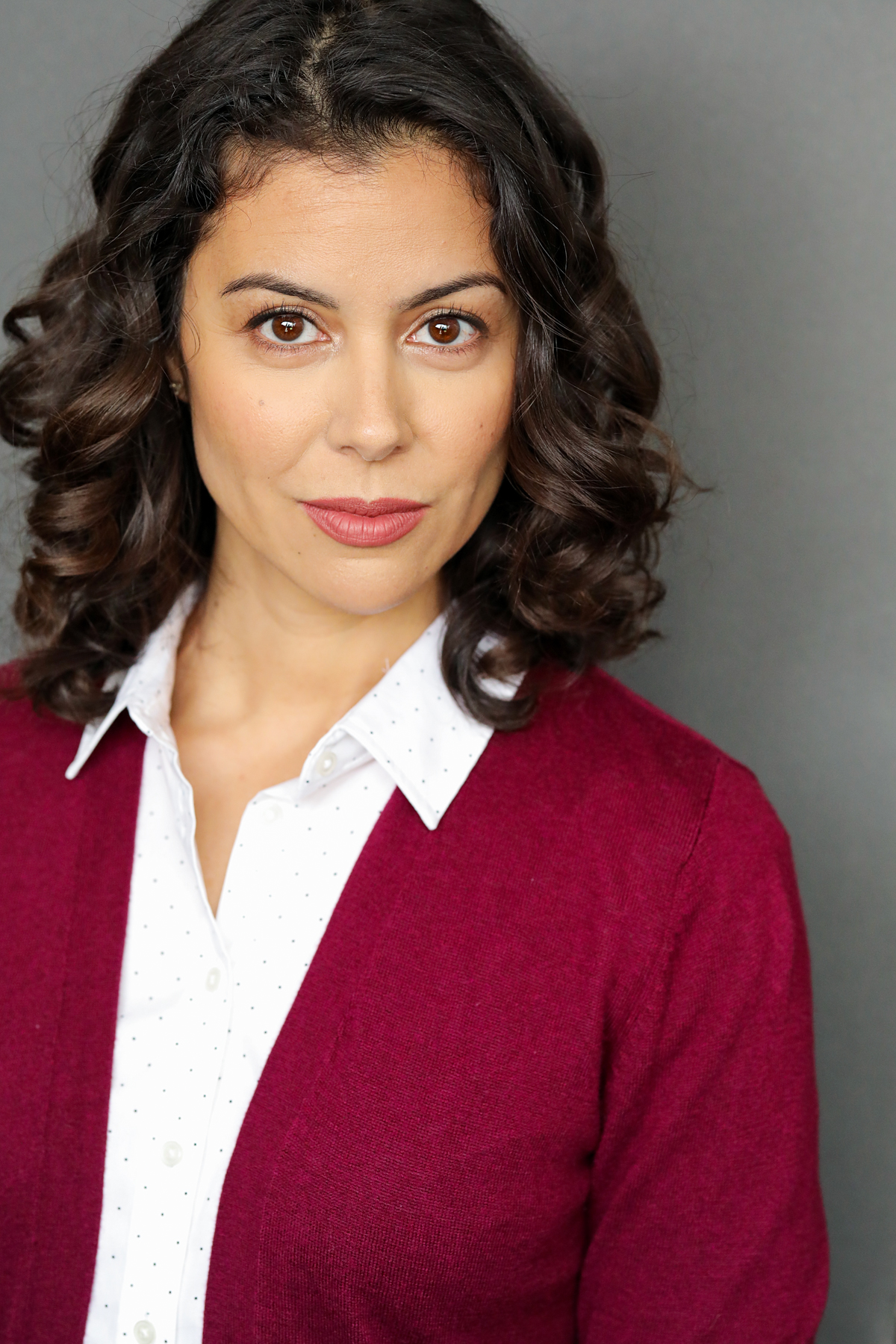Just about four years ago I looked into donating platelets but was disqualified during the pre-screening, being told that I should check back in a year. The idea took the back burner and…we fast forward several years. Last week, I received an email from SAG-AFTRA regarding their blood drive, which I was unable to attend. And so I looked into the centers nearby and settled on the UCLA Blood and Platelet Center in Westwood. I was able to get an appointment within a few days and assured that the process would be easy and mostly painless!
When I arrived at the center, there was plenty of parking in the alley, so I didn’t have to worry about finding the appropriate UCLA lot. The staff greeted me warmly and after I filled out my paperwork, took me in for a quick finger prick to check my iron. We also ran down a brief questionnaire and chit chatted about the unusually hot weather. I was then moved into the donation room that held 8 beds, each outfitted with their own Apple TV monitor and headphones. After lying down, I was informed that I shouldn’t “take this the wrong way, but since you’re so petite we have to run additional tests” to make sure my body was ok to give up what they planned to take. Luckily, I passed with flying colors! This whole introductory process took about an hour to complete. I was promptly given some calcium chews to munch on and the donation was underway!
The following 110 minutes I spent watching Looper while squeezing a heated water bottle to keep the blood flowing through my veins. I was made comfortable with a cup of water to sip on, a pillow under my arm, a heated blanket over my arm and was offered an additional warm blanket to wrap up in. This I declined as it was especially warm outside and I was situated next to the window.
I have no fear of needles, which made the process a breeze. When the blood is taken out, it is run through a machine that separates the platelets, the plasma and the red blood. As I was doing a platelet and plasma donation, the unused components of red blood were returned to my body. This felt like the smallest bit of pressure at the incision point and was cool after being passed through the apheresis machine and being mixed with an anticoagulant. Massaging the water bottle helped to alleviate some of the (very minor) discomfort. I also felt a bit of tingling in my lips and fingertips during the return process and I am told this is normal. The calcium chews are provided to help reduce this reaction, but won’t take it away.
About half way through, I began to feel a little nauseous, similar to the feeling of light motion sickness. I asked if it was ok to snack during the process and munched on the chocolate coconut Luna bar I brought along. With 15 minutes to go, I started to get very restless. I contorted myself as much as I could without moving the arm with the needle in it. I’m sure I must have looked possessed judging from the knot I ended up in!
Since this was my first donation, they suggested I lay in the bed for an additional 5 minutes. This gave me a chance to clarify the process a bit. The plasma that was collected was a pint of perfectly uniform yellow liquid. The platelet bag was still yellow, but had some floaties. Namely, the platelets themselves! Plasma and platelets are in higher demand than whole blood, and must be transfused within a week of the donation. Many of the donations made to UCLA are used within this time period due to the high level of trauma patients that are admitted to the UCLA system, as well as cancer patients. I was told there was a very high chance of my platelets being given to a leukemia patient within a few days. Platelets do not have a “type” so they can be used on anyone. Donors are encouraged to donate platelets and plasma, as there is a recurring need for assistance. Whole red blood donations are often collected in higher quantity during ongoing community blood drives and lasts about a month. In the summer, there is an especially high need for donors of all kinds as healthy people often go on vacation during the summer….cancer does not. It was very satisfying to know that what I was doing would immediately affect someone’s life!
After an additional 15 minutes of waiting to make sure there was no adverse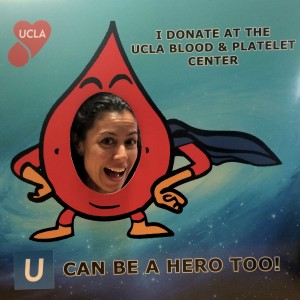 effect of the donation process (namely dizziness) and some refreshments which included a selection of orange juice, teas, coffee and a snack bar stocked with dried fruits & nuts, bars, chips and cookies, I was on my way home. For the following 24 hours, I was not allowed to lift any heavy objects or do anything that might elevate my heart rate. So if you are like me and need to move make sure you do it before you donate! It will also help you lay in the bed for the length of the process.
effect of the donation process (namely dizziness) and some refreshments which included a selection of orange juice, teas, coffee and a snack bar stocked with dried fruits & nuts, bars, chips and cookies, I was on my way home. For the following 24 hours, I was not allowed to lift any heavy objects or do anything that might elevate my heart rate. So if you are like me and need to move make sure you do it before you donate! It will also help you lay in the bed for the length of the process.
Five days later, I have a minor bruise (which is a always a possibility when dealing with needles and blood) and my second donation appointment on the books!
Before you donate:
- Eat lots of iron & calcium rich foods (dark leafy greens, beans, oatmeal, yogurt, cheese)
- Drink extra water
- Avoid medications containing aspirin
- Exercise before you go
- Be in good health with no signs of illness (cold, fever, sore throat, infection, etc)
For more information on becoming a donor at UCLA, visit: http://gotblood.ucla.edu/ or check your local listings
Go do it!
